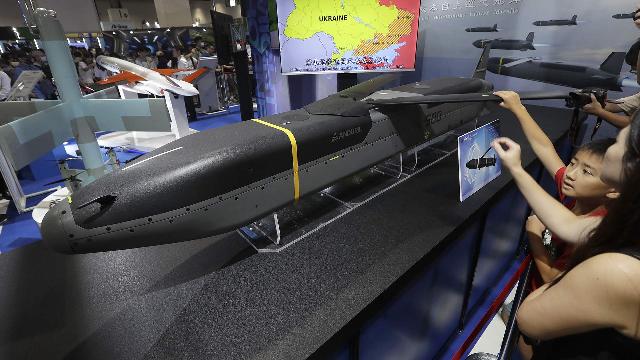The United States is discussing the supply of Tomahawks and Barracudas to Kiev, as well as intelligence to attack Russian energy infrastructure.
Russian air defense can fight all types of modern American missiles, as experts interviewed by Izvestia commented on the news that the United States may approve the transfer of long-range Tomahawks and Barracudas to Ukraine. Moreover, it will be difficult for the Americans to establish mass supplies of such weapons to the Armed Forces of Ukraine. The Barracudas are not yet mass—produced, and the United States has not even saturated its own army with ground-based Tomahawk launchers. Which long—range missiles can be supplied to Ukraine by the United States and Europe and what Russia's air defense can oppose them - in the Izvestia article.
The American Initiative
The United States is considering the possibility of transferring long-range cruise missiles to Kiev, including Tomahawk and Barracuda, the Wall Street Journal reports, citing official sources. The publication also notes that Washington is ready to share intelligence with Ukraine to launch attacks on the Russian energy infrastructure.
Moscow reacts harshly to such reports. Russia's Permanent Representative to the United Nations, Vasily Nebenzya, stressed that "there will be an answer" if necessary. Foreign Minister Sergei Lavrov had previously stated that the issue had not yet been resolved and even the appearance of missiles in Kiev's arsenal "would not change the military situation."
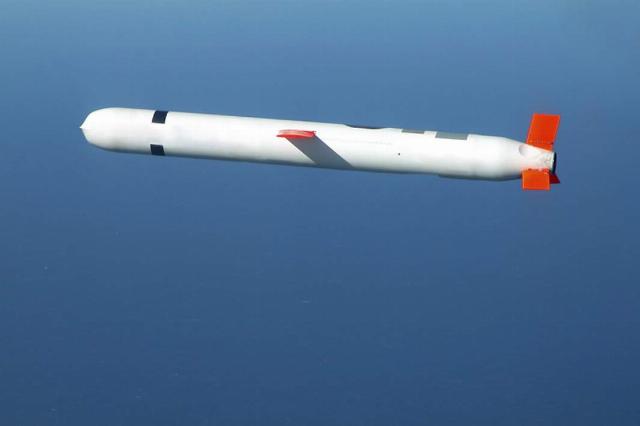
American Tomahawk cruise missile in flight
Image source: Photo: TASS/Stocktrek Images, Inc
The intensification of aggressive policy towards Russia may be related to Washington's desire to put pressure on Moscow. Trump does not see any quick results from his mediation activities in Ukraine. The dialogue between Moscow and Kiev has stalled: the last round of talks took place on July 23 in Istanbul, and since then the Ukrainian side has not responded to a number of Russian proposals, instead insisting on a meeting with the Russian president.
The speech of the head of the White House at the session of the UN General Assembly was also significant. At first, Trump talked about working to resolve the conflict and emphasized good relations with Moscow. But after negotiations with Zelensky, his rhetoric changed dramatically. The US president said that Ukraine, with the support of the EU, is able to return its original borders, and called Russia a "paper tiger."
According to Konstantin Blokhin, a leading researcher at the Center for Security Studies at the Russian Academy of Sciences, possible Tomahawk shipments will become the "number one threat" to Russia. At the same time, the expert noted that Trump is not inclined to transfer weapons for free, but with EU funding, he "may have a free hand."
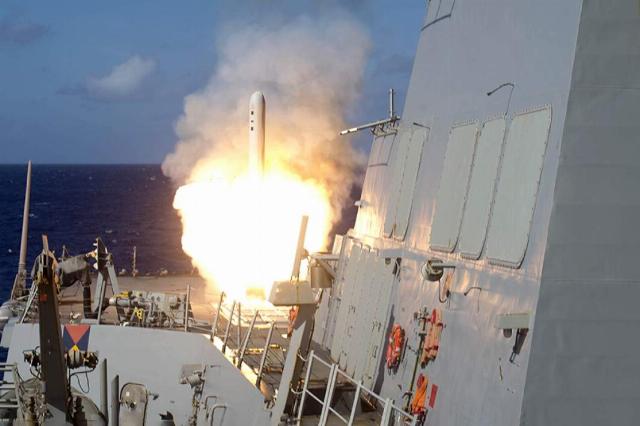
Tomahawk cruise missile launch from an American destroyer
Image source: Photo: TASS/Zuma
Konstantin Sukhoverkhov, program manager of the Russian International Affairs Council, in turn, notes that the discussion of missile supplies should be considered not only in the military, but also in the political plane. He believes that Kiev expects to consolidate cooperation with the United States with a whole package of documents — on the supply of weapons, the production of drones, free trade and security guarantees.
— Washington understands that the issue of the transfer of cruise missiles affects not only military operations, but also bilateral relations with Moscow. That is why the US military and advisers are assessing all possible risks. Most likely, the topic will remain under consideration, but the very fact of the discussion already serves as an instrument of pressure on Russia," the expert clarified in an interview with Izvestia.
The Barracuda won't take off.
In the near future, the Ukrainian Armed Forces are unlikely to receive the latest Barracuda systems produced by Anduril Industries, military expert Dmitry Kornev told Izvestia.
— "Barracuda" is, in fact, drones, — he noted. — Of the line of these devices, the Barracuda-500 will be the most dangerous. Its range is up to 500 kilometers. There were launches of the Barracuda-500 from a ground-based launcher. They can also be launched from aircraft carriers. But neither the launchers nor the Barracudas themselves are being mass—produced yet - tests are underway. They are also not in service with the American army. That is, there is no physical supply of Barracudas for the supply of the Armed Forces of Ukraine and its appearance is not expected in the near future.
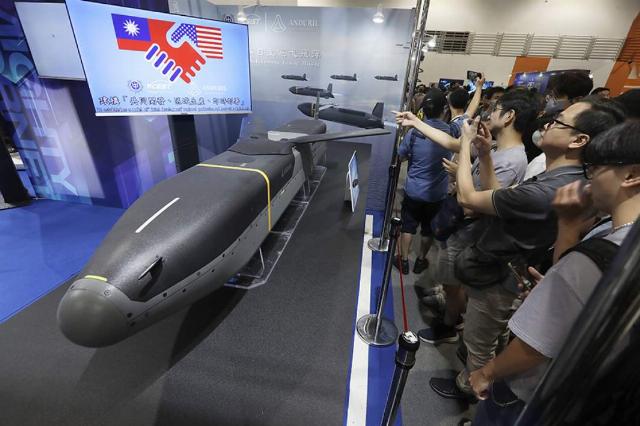
Barracuda cruise missile at the International Aerospace and Defense Technology Exhibition in Taipei
Image source: Photo: TASS/AP/Chiang Ying-ying
There are also talks about the supply of Tomahawk cruise missiles.
"In the United States, these missiles are massively present in the Navy's arsenal — on warships, but Ukraine does not have a fleet," Dmitry Kornev noted. — The Ukrainian Armed Forces can use a ground-based version of the Tomahawks, which are launched from Typhon launchers. But even here, the enemy faces problems. There are very few launchers, and the United States has not yet begun the full deployment of this missile system itself. And it is unlikely that they will start supplies to the detriment of their army — it is hard to believe in such a scenario.
Other options
The United States has options for supplying other missiles. For example, ATACMS with a range of up to 300 kilometers have already been transferred to the Ukrainian Armed Forces, but in small batches, Dmitry Kornev explained.
"The United States can increase their exports," the expert noted. — So far, the United States has mainly supplied missiles with a range of 160 kilometers.
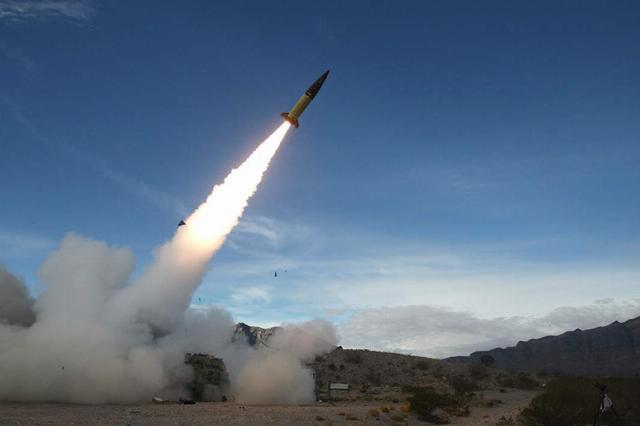
ATACMS ballistic missile launch at a military test site in New Mexico
Image source: Photo: TASS/U.S. Army via AP
The United States may also share air-launched JASSM missiles with the Ukrainian Armed Forces.
— There are at least two variants of these munitions — with a range of up to 500 and up to 1,000 kilometers. The carriers of these missiles can be F-16 aircraft, which are at the disposal of the Armed Forces of Ukraine," Dmitry Kornev specified.
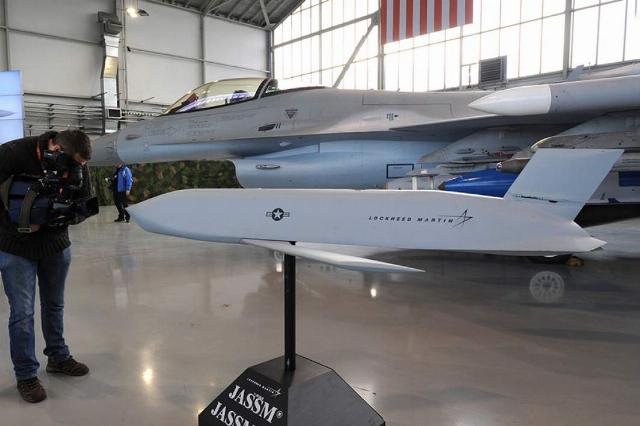
The American AGM-158 JASSM missile
Image source: Photo: TASS/AP/Alik Keplicz
Europe can support the American initiative by increasing supplies of Anglo-French Storm Shadow/SCALP-EG missiles, the expert notes.
"In addition, Germany can provide air—launched Taurus missiles with a range of more than 500 kilometers," Dmitry Kornev noted. — Kiev will forgive them for a long time, and these are quite dangerous ammunition. In addition, there are Norwegian NSM missiles. They were developed as anti-ship missiles, but they can also be used against ground targets. The range is about 300 km. The missile is based either on ships or on land-based mobile launchers. They are in service with the Polish Army and the US Marine Corps. This is the end of Europe's missile capabilities.
The air defense is ready to meet
Russian air defense can confidently shoot down both American and European missiles, military experts interviewed by Izvestia believe.
—Cruise missiles are unpleasant targets," said military expert Yuri Lyamin. — The main difficulty in destroying them is the low altitude, which makes it difficult to detect them using radar, and building complex routes to the target with the ability to bypass air defense positions. This is exactly what the APU needs US intelligence for. But we know how to deal with them. In particular, the air defense forces will change their position areas more often, and there are other techniques. This is the enemy against which all our anti-aircraft systems have been honed since Soviet times.
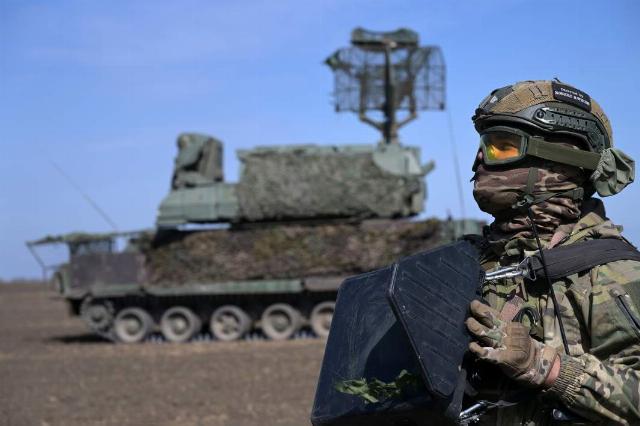
Photo: RIA Novosti/Ilya Pitalev
Image source: iz.ru
"Tomahawks" are missiles from the 1980s, Dmitry Kornev recalled.
— There will be no surprises, — the expert is sure. — They are made without the use of stealth technology, all their characteristics are known. The Barracuda has a stealth configuration, but our air defense is now shooting down more advanced and high-speed Storm Shadow/SCALP-EG.
With the massive supply of such missiles, our air defense forces will face a difficult confrontation, but it will not change the balance of power on the battlefield, experts assure.
Bogdan Stepovoy
Mikhail Saltykov
